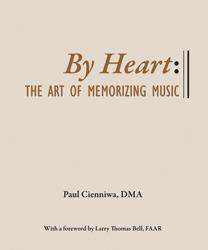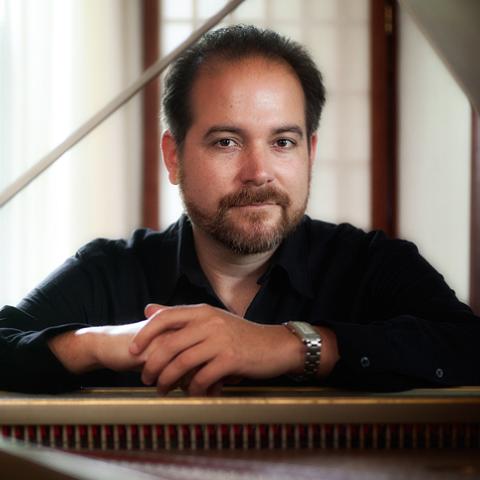
Paul Cienniwa has released By Heart: The Art of Memorizing Music (ISBN-13: 978-1496180698, ISBN 10: 1496180690, $12.95; available in print and Kindle formats at Amazon.com). (See Cienniwa’s article, “Dear Harpsichordists, Why Don’t We Play from Memory?” in the September 2011 issue of The Diapason.)
The book presents practical skills for becoming a successful memorizing musician and will give newcomers to memorization the skills and techniques to get started with the process. Even those who already have a solid memorization practice will learn some new or different approaches while also reinforcing their own convictions. Many of the techniques presented are good for any type of practice, even for the non-memorizing musician.
For information: www.paulcienniwa.com



